I would still buy the fan upgrade (as a replacement part) and maybe the high-flow nozzle (keeping compatibility with premade profiles).
EmilieEvans
But- the market has left them behind. XL is a great idea but awfully expensive and maybe not perfectly implemented.
E3D toolchanger launch price in 2019 was 2700 GBP. Adjusted for inflation it is in today's money 3300 GBP (approx. 3900€). A Prusa XL is 3700€. For toolchangers the Prusa price isn't out of the ordinary.
The issue is the performance/reliability isn't there to back this price point. Having to worry about printed parts bending on a 3.7k€ machine is laughable. Having issues with a heatbed is laughable. Support having trouble resolving these issues/identifying what exactly is broken isn't a great overall picture.
Yes and if the part isn't hollow use the slicer to make it hollow.
I like to have a bit less squish for nylon for example, more for textured sheets), offsets stored in a config file but you could easily swap that for an actual database if you wanted to.
Duet has Filament macros. Which can be uploaded/changed over the network. Not great but could be done with some glue logic.
Similarly, the config files can be exposed to the network and a server could "sync" them. All of this works but is a crapy solution that requires countless glue logic to make it work.
Multihead printing is still in the early days. The software isn't there: For example, RRF (Duet) would throw error messages for missing CAN boards when you would try pogo pins and only electrically connect the active tool head. The most advanced we have at the moment are toolchangers with 4-5 fixed tool-heads.
RRF/Duet in standalone is very stable and what you want. The flipside is that even through it is flexible with macros there are limits. This is more and more an issue that limits what can be done. Due to stability, I so far reject the idea of switching to Klipper (even duet in SBC mode isn't stable enough for my taste).
Also keeping track of heads is ugly at the moment. In a perfect world each toolhead would have an EEPROM and the machine would recognise it. Maybe even look up on a server/database what offset and parameter this tool needs so it could be swapped between tool-bays/docks and machines. For example with CNC milling it is state of the art that tool holder have RFID chips for tool identification and data is synced across the production floor (e.g. the shrink/tool setup station provides the tool data to a server and the CNC-mill controller gets the data automatically from this server).
As long as the basic connections are an open design.
If you like to install the same thing I can send you the Gerber, BOM and 3D-files for E3D toolchanger. In a nutshell this does nothing more than beeing "inserted" into the wire. If you want to call it special: platform agnostic. The small black header on the side is the auxiliary connector and is there for toolheads that require 5, 12 or 36V. For good measure three fuses (24V, 36V supply and heater).
Lets face it long term to gain the full ability of 3D printing. It will need to move to a multi material design.
end effector 1: FDM end effector 2: FDM end effector 3: silicon (paste/liquid) end effector 4: subtractive milling *
- Head 4 will be soon upgraded to a rack system that allows to store upto 4 different heads so you can use 4 different subtractive tools (e.g. endmill, ball end mill, dove tail, thread cutter). An alternative to 4 subtractive heads could be 3 subtractive and 1 pick and place (those small vacuum pump are light enough to be mounted on a E3D toolchanger toolhead).
Sad part is that this type of setup will be for the next two decades exclusive to the DIY community or a company with deep pockets and good lawyers due to a removed Stratasys patent on making an electrical connection between toolhead and the gantry/mount.
The part that makes angry is this isn't even a Stratasys invention at all. Since the beginning of industrial robots, there have been electrical, pneumatic and liquid interfaces between the motion system and tool head. A toolchanging 3D-printer is a motion system with a tool head (e.g. filament extrusion) but this is locked behind a patent for this application.
Number one priority is safety.
SLA Resin contains chemicals that are safe if handled appropriately and a serious health risk when no precautions are taken.
First of all apply the common rules for chemicals like separate workspace, no food and drink around it, minimizing exposure as best as possible, and not working with them if the available material/workspace is unsafe.
Resin in particular has two noteworthy exposure paths: 1.) Vapors -> well-ventilated space. Ideally a fume hood. This will be the largest challenge and might be the biggest investment. One option is to work outside and only go near it as little as possible. Not great but good enough to achieve a low exposure. 2.) Skin contact -> safety googles, long clothes, closed footwear and gloves. Keep in mind that a glove is only spillage protection and up to 1.5 gloves in a 100 box can be damaged! Use tools to handle the uncured resin parts.
Due to the hassle of working safely with it, I have quit SLA 3D-printing and use online services for it (eg. JLC3DP).
How to print?
Experience. That simple. Try, fail, and repeat.
Watch a video on how to setup the printer. Print the exposure test pattern. Go from there.
For a booklet take a look at the Prusa SL1 guide and post/ask if you encounter a specific issue (writing everything down that is to SLA printing would take hours): https://www.prusa3d.com/downloads/manual/prusa3d_manual_sl1_en.pdf
I hope that one day the constant bullying of Stratasys backfires.
Overall the patent system is in dire need of improvement:
- protection for real invention that isn't trivial: yes
- troll patents and trivial: no
Right now we are at a point where the trivial patents are so dominant that I believe the patent system does more harm than good. Stopping progress/innovation instead of encouraging it.
So why improve if you can just sue your competition out of the US market?
Stratasys: probably doesn't feel BambuLab at all at the moment
Ultimaker: there is some pressure. Dozens of companies are using BambuLab but they still have a customer group that isn't yet addressed by BambuLab
MakerBot: Hell yes. Why would anybody buy a MakerBot right now? Their entry-level printer is at the same price point as a BambuLab X1C and gets obliterated by BambuLab's performance. I also see how education facilities (schools, universities) are choosing BambuLab offerings.
You should be fine. It is about temperature and time. Don't keep the nozzle heated up when it isn't used. Don't dry it frequently (keep it in a dry environment) and use low temperatures.
190° is the low end of printing temperatures. SainSmart should probably be okay when printed below 210°C
With "special" PVA like FormFutura Helios you go up to 250°C: https://formfutura.com/product/helios-support/
Regardless BVOH should be the better choice at higher cost.
PVA would come out in big bubbles instead of thin lines.
Dry the PVA before use and keep it dry.
PVA easily crystalizes and if this happens the $30 filament spool is trash. Also, make sure to drop the temperature by more than 5°C for the parked toolhead. Otherwise (you guessed it) it will crystalize and cause a clogged nozzle.
<Rough time estimate is 5-30 min at PLA temperature with no flow but this number depends on the exact PVA filament variant.
Import the parts into the CAD software (e.g. Fusion360) and assemble them.
We want a true black-dark mode for OLED. This missing feature is holding me back from going 100% Firefox on mobile (I am only using it for horrible websites that are asking fo the ublock origin treatment.
2022 request for this feature: https://connect.mozilla.org/t5/ideas/provide-a-black-dark-mode-in-firefox-mobile/idi-p/2578/page/4#comments
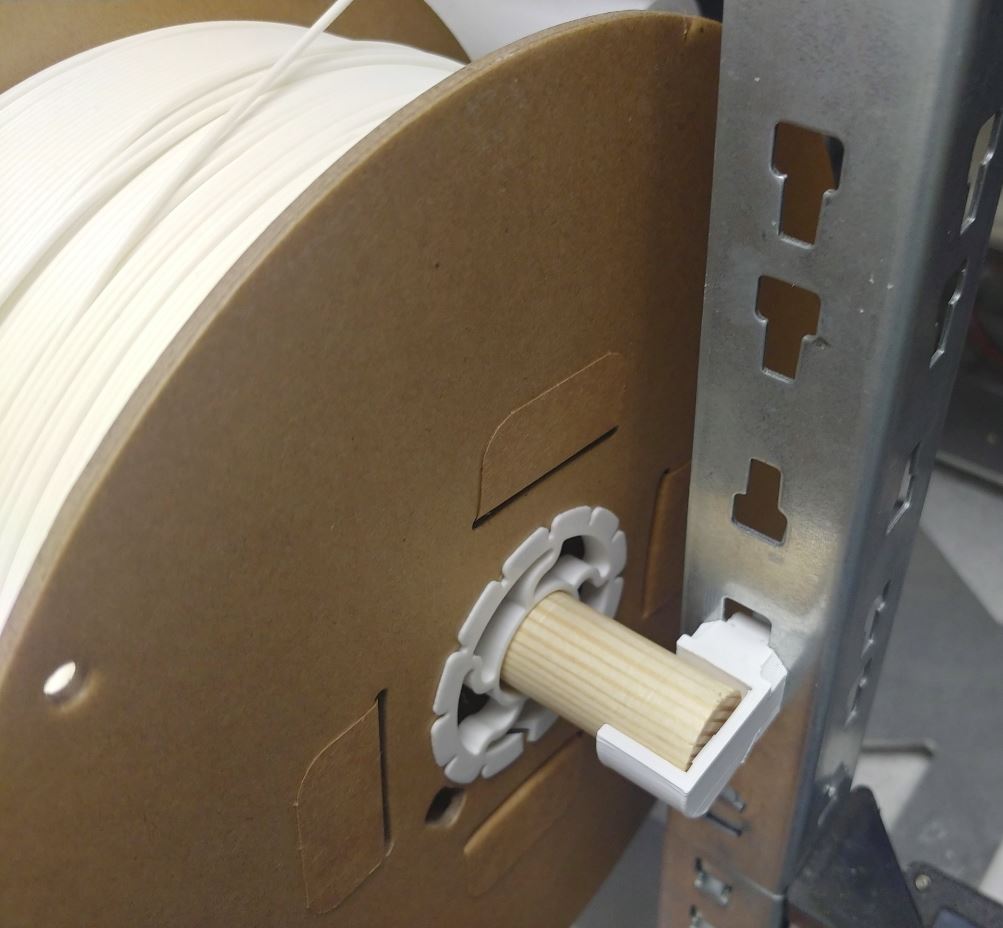
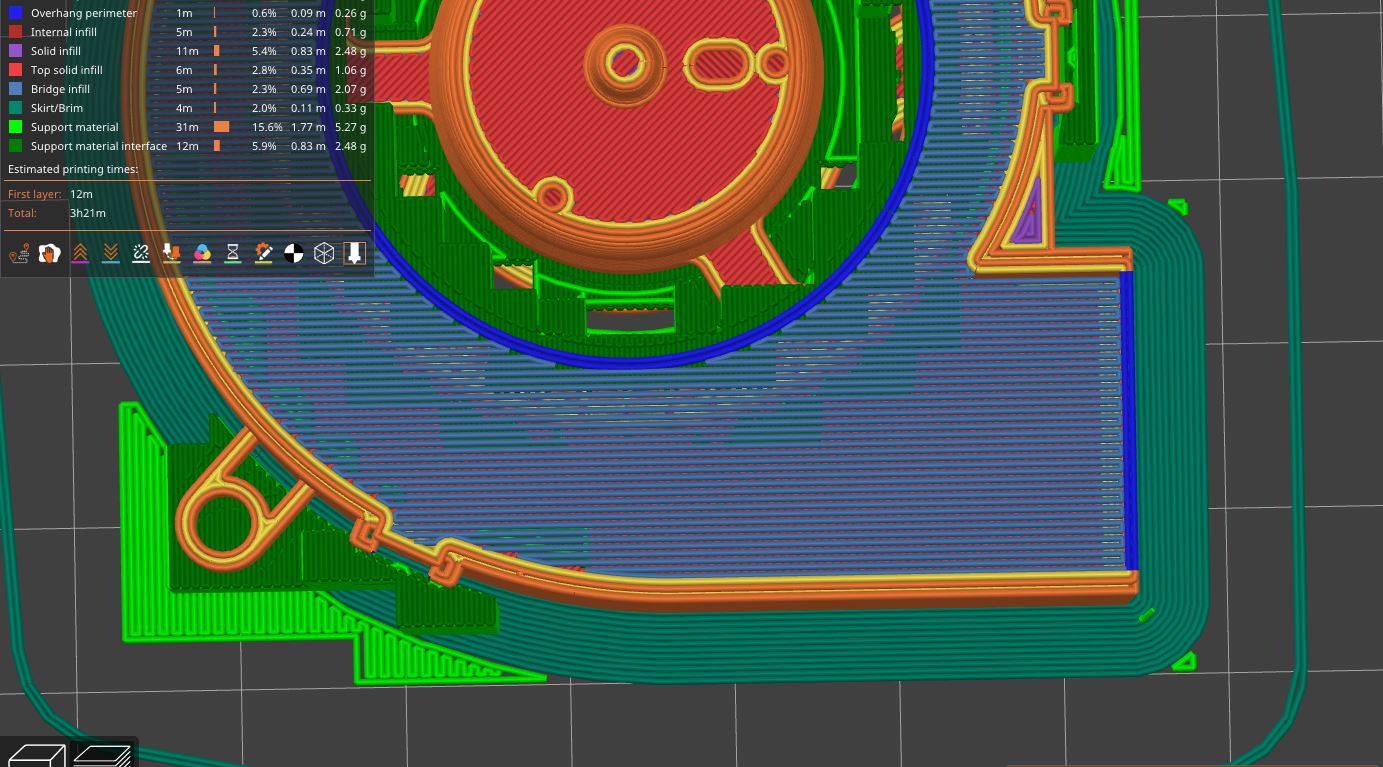

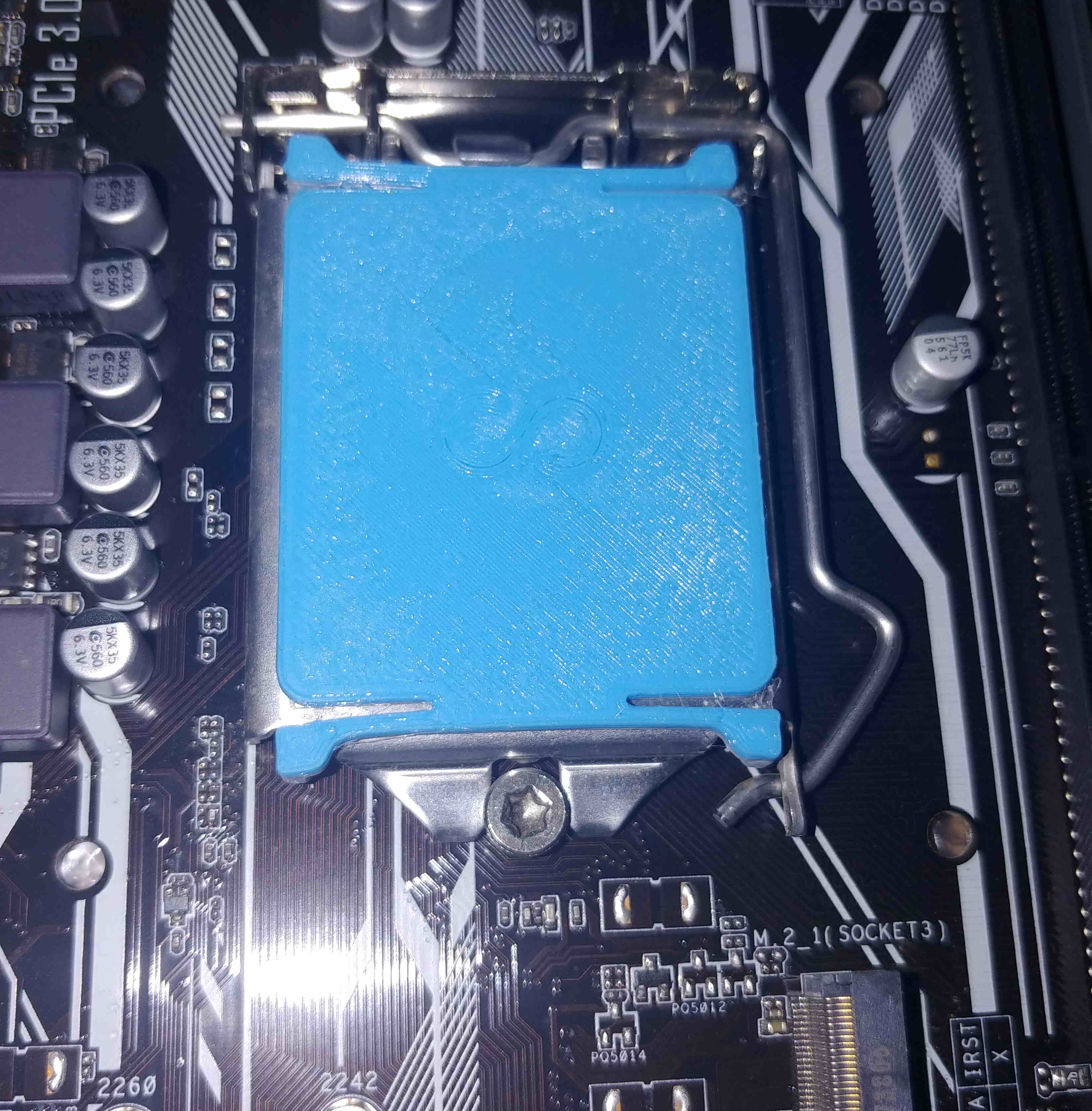
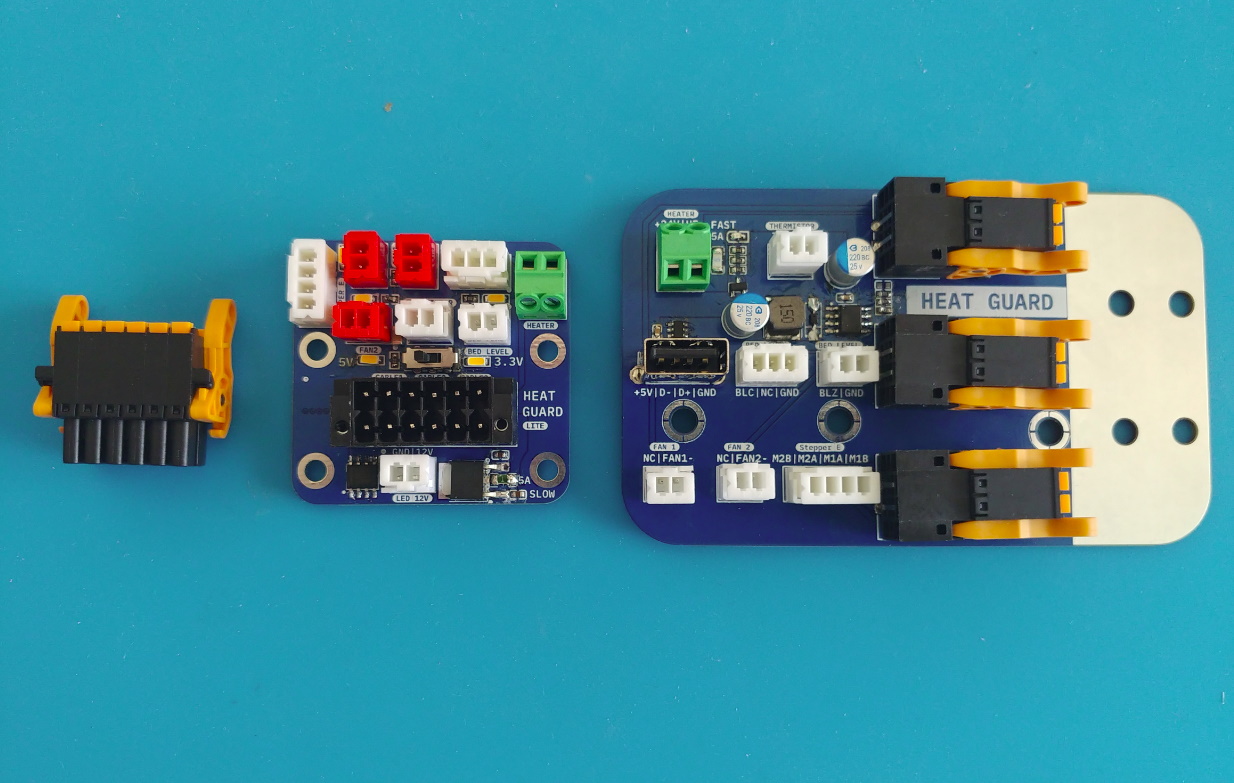




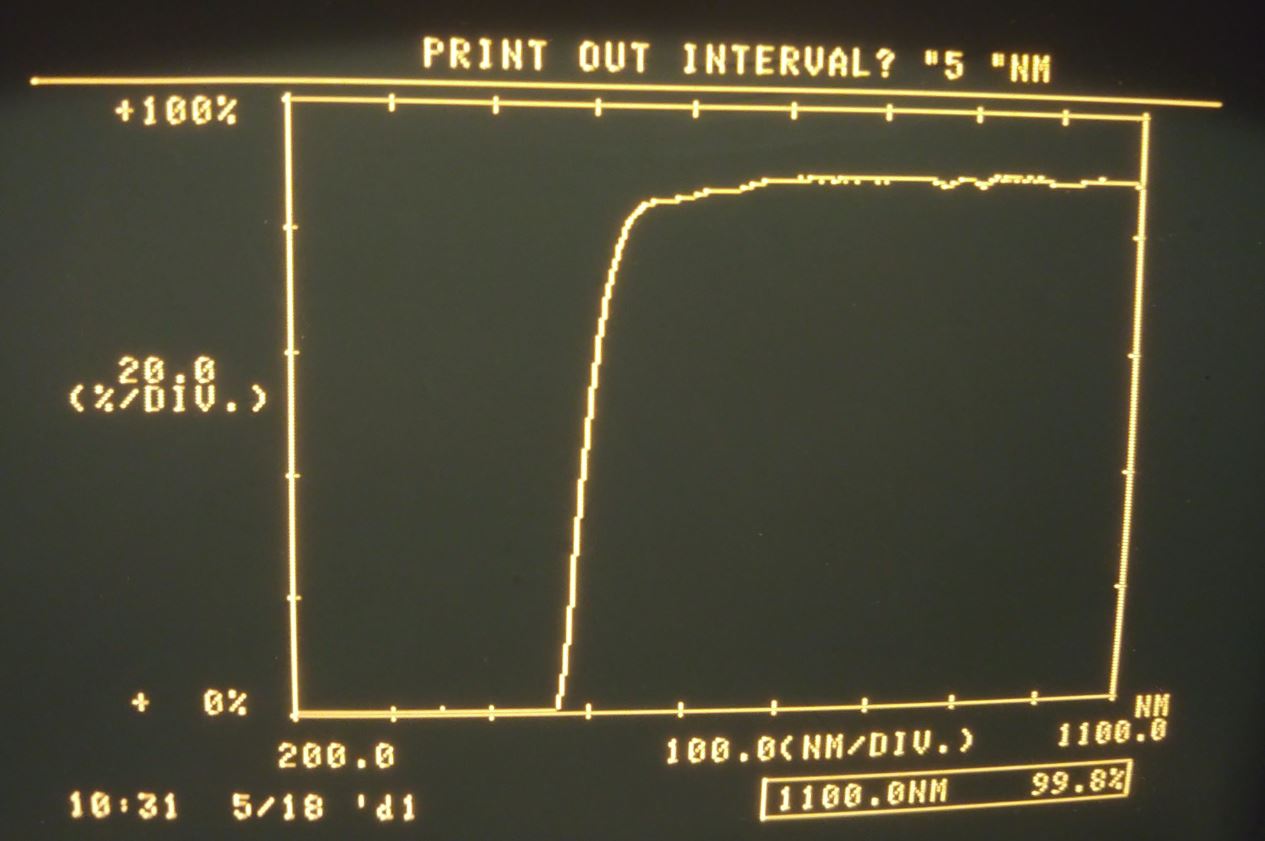
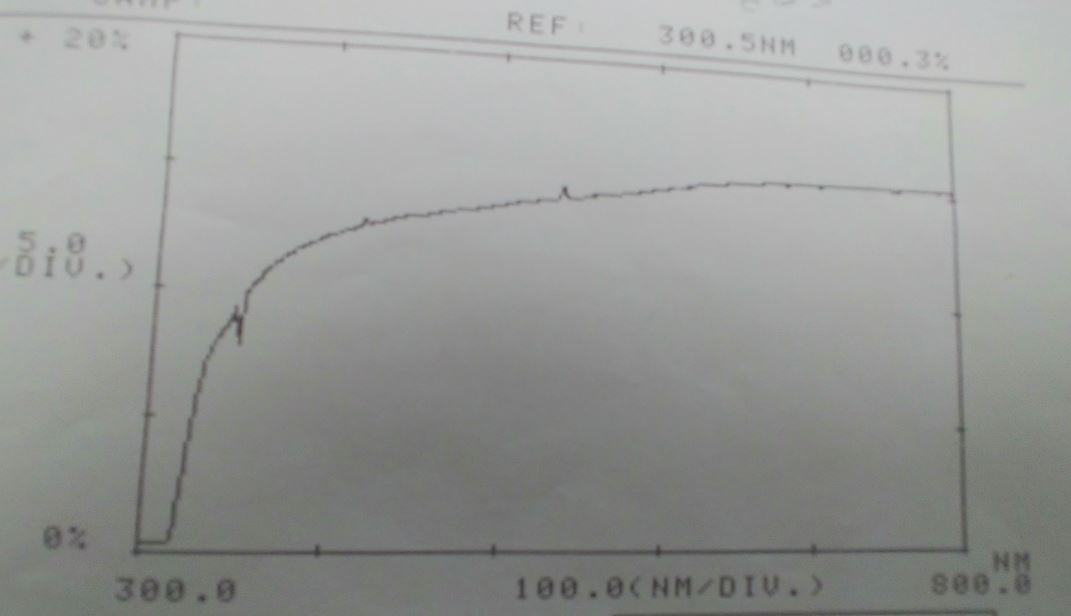


Do the math.
Buying new might be cheaper than upgrading the ender 3:
hotend+extruder: orbiter v3 110€
stepper (not sure why you would want): 2x (5-phase 0.72° stepper and 5 phase stepper driver): 200€ [2 phase 0.9° would be significantly lower cost but even less of an upgrade]
cooling fan: larger 6023 blower: 13€
enclosure: Not great for a bed pusher. Core XY is compact. Regardless approx. 100€
Between those, you would already look at approx. 425€ in parts and still have the basic Ender 3 frame and electronic that if you haven't done might want to upgrade to.